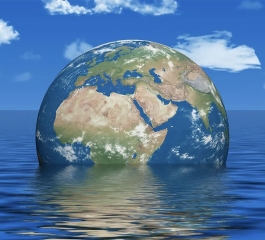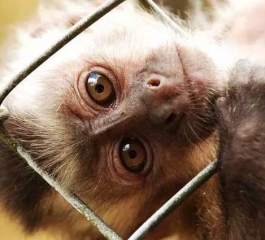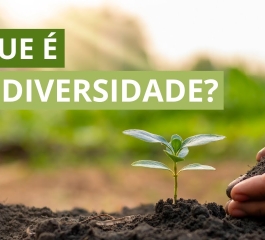What is an ecosystem?
The ecosystem consists of the set of living organisms and their physical and chemical environments.
The term “ecosystem” derives from the junction of the words “oikos” and “system”, meaning “house system”. It refers to the set of communities that inhabit and interact in a given space.
The elements that make up ecosystems are:
- Biotic factors: All living organisms such as primary producers, consumers, decomposers and parasites.
- Abiotic factors: The physical and chemical environment that provides the conditions for life, including nutrients, water, rain, humidity, soil, sun, air, gases, temperature, among others.
>
The ecosystem is the fundamental unit of study of Ecology.
Types of ecosystems
There are two main categories of ecosystems:
- Terrestrial ecosystems: These include forests, deserts, mountains, grasslands and grasslands, where plant and animal life thrives on dry land.
- Aquatic ecosystems: These include freshwater environments, such as lakes, mangroves and rivers, as well as marine environments, such as seas and oceans, where life develops in an aquatic environment.
In addition, the set of terrestrial ecosystems is called a biome. Biomes are characterized by a specific vegetation and a predominant type of climate, giving them a general and unique character.
What are the ecosystems in Brazil?
Brazil’s extensive territoriality provides a variety of climates and soils, which results in diverse environmental conditions and ecosystems, which in turn cover different geographic regions. The ecosystems of Brazil are:
Pampa: The Pampa is present in the state of Rio Grande do Sul and is characterized by the large presence of grasses, low plants, shrubs and small trees.
Amazonia: The Amazon Rainforest is the largest Brazilian ecosystem, covering approximately 60% of Brazil’s territory.
Mangrove: The environment where fresh and marine waters meet is characteristic of wetlands.
Caatinga: The Northeast region of Brazil is comprised of the Caatinga, an ecosystem that has vegetation adapted to droughts.
Mata das Araucárias: The Biome Mata de Araucárias is an area that covers the southern region of Brazil. In it, the Paraná pine, known as Araucaria, predominates.
Cerrado: The Cerrado, the second largest Brazilian biome in extension, covers the states of Amapá, Maranhão, Piauí, Rondônia, Distrito Federal, Goiás, Mato Grosso, Mato Grosso do Sul, Minas Gerais , São Paulo, Tocantins and Bahia.
Pantanal: The region known as Pantanal is located in the Midwest of Brazil and is considered the largest floodplain in the world.
Mata dos cocais:This region covers part of the Northeast and represents a transitional vegetation between the Amazon forest and the caatinga.
Atlantic Forest:This ecosystem corresponds to 15% of the Brazilian territory and is threatened. It is known as the most threatened biome in Brazil.
Examples of ecosystems around the world
In addition to the ecosystems mentioned above, it is important to highlight that there are several other examples of ecosystems in various regions of the planet. Some of these regions are:
Desert: The arid ecosystem has low rainfall and extreme temperatures. In addition, cacti, shrubs and animals adapted to the scarcity of water are common.
Ocean:The marine ecosystem is vast, diverse and comprises several zones, such as the coastal zone, coral reefs, abyssal zones and pelagic areas. In it, we find a wide variety of species, such as fish, sharks, whales, corals and plankton.
Savanna:Savannas are open landscape ecosystems with undergrowth and sparse trees, found in tropical and subtropical regions. They are home to a variety of animals including lions, elephants and giraffes.
Tundra:The polar ecosystems have low temperatures and small vegetation due to extreme climatic conditions. In them, we find mammals adapted to the cold, such as polar bears and reindeer.
Estuary:The estuary is a transitional ecosystem between freshwater and saltwater, in addition, it is rich in nutrients and with a diversity of birds, fish and marine organisms.
Each of these ecosystems has unique characteristics and, in addition, plays an essential role in maintaining biodiversity and the balance of global ecosystems.
As such, the preservation of all these regions is crucial for the health of our planet and, consequently, for the sustainability of future generations.
Conclusion
In conclusion, the ecosystem is essential for environmental development and encompasses living organisms and their physical and chemical environments.
There are terrestrial and aquatic ecosystems, such as the Amazon, Cerrado and Pantanal in Brazil, and several examples around the world, such as deserts, oceans and savannas.
The preservation of these regions is therefore crucial for biodiversity and global balance, ensuring a sustainable future for generations to come.


